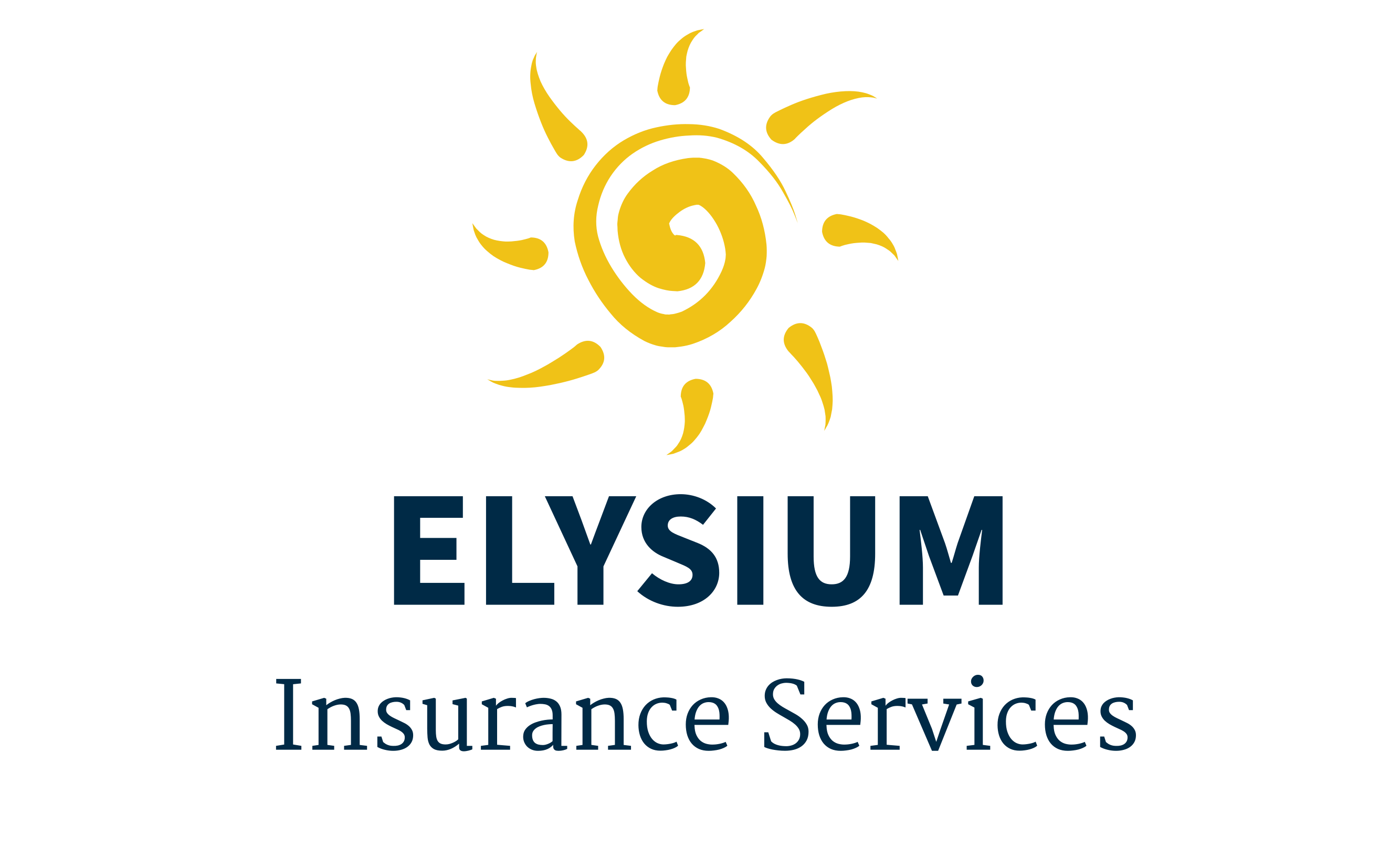
Pellentesque habitant morbi tristique senectus et netus et malesuada fames!
The Comprehensive Guide to Understanding the Necessity of Landlord Insurance
Owning rental property can be a lucrative venture, but it also comes with its share of risks and responsibilities. One of the most crucial aspects of safeguarding your investment is having the right type of insurance. Landlord insurance isn’t just an optional add-on—it’s a necessity. This guide walks you through what landlord insurance is, why it’s essential, what it typically covers, and how to choose the right policy for your needs.
## 1. What is Landlord Insurance?
Landlord insurance is a policy designed specifically for property owners who rent out one or more residential homes, apartments, or condos. Unlike a standard homeowners policy, which only covers owner-occupied residences, landlord insurance is tailored to protect against the unique risks landlords face.
**Key Distinction:**
– **Homeowners Insurance** = for owner-occupied properties.
– **Landlord Insurance** = for rental properties.
## 2. Why is Landlord Insurance Necessary?
### A. Protection from Property Damage
Tenants might not always treat your property with the care you’d like. Landlord insurance helps cover:
– Fire and smoke damage
– Storm and weather-related destruction
– Vandalism
– Tenant-caused damage (to some extent)
### B. Liability Coverage
If a tenant or visitor gets injured on your property, you could be held legally and financially responsible. Landlord insurance can help cover:
– Medical expenses
– Legal fees
– Settlements
### C. Loss of Rental Income
If your rental property becomes uninhabitable due to a covered event (like a fire), landlord insurance often includes **loss of rental income coverage**, helping you stay afloat financially.
### D. Legal and Rental Disputes
Some policies offer optional legal coverage to help with eviction proceedings, disputes, or legal representation costs.
## 3. What Does Landlord Insurance Typically Cover?
### Basic Coverage
– **Dwelling Coverage:** Protects the structure of the rental property.
– **Other Structures:** Includes detached garages, sheds, or fences.
– **Personal Property:** Covers items you own inside the rental (e.g., appliances, furniture in furnished units).
– **Liability Protection**
### Optional Add-ons
– Loss of rent coverage
– Legal expense insurance
– Burglary and theft (especially if it involves landlord-owned property)
– Emergency repair services
## 4. What Isn’t Covered?
Landlord insurance doesn’t cover everything. Common exclusions include:
– Tenant’s personal belongings (they need renter’s insurance)
– Routine maintenance and repairs
– Property left vacant for extended periods (may require a vacancy policy)
– Earthquake or flood damage (often separate policies)
## 5. How to Choose the Right Landlord Insurance Policy
### A. Assess the Property Value
Ensure the policy covers the replacement cost, not just the market value.
### B. Understand Risk Factors
Factors like location (flood-prone areas), tenant history, or property age can influence your policy.
### C. Compare Multiple Quotes
Don’t settle for the first policy you find. Get quotes from different insurers and compare coverages.
### D. Read the Fine Print
Understand exclusions, limits, and deductibles before signing.
## 6. The Cost of Landlord Insurance
Landlord insurance typically costs **15-25% more than a standard homeowners policy** due to increased risks. However, premiums vary based on:
– Location
– Size and age of property
– Coverage level
– Number of units
– Claims history
## 7. Tips for Lowering Premiums
– Bundle with other policies (auto, umbrella insurance)
– Increase your deductible
– Install safety and security systems
– Maintain a good claims history
– Perform regular property maintenance
## 8. Final Thoughts
Landlord insurance is a vital part of owning and managing rental property responsibly. It shields you from significant financial losses and legal headaches while helping you provide a safe living environment for your tenants. Think of it not as an added expense, but as a strategic investment in your property’s long-term viability.


